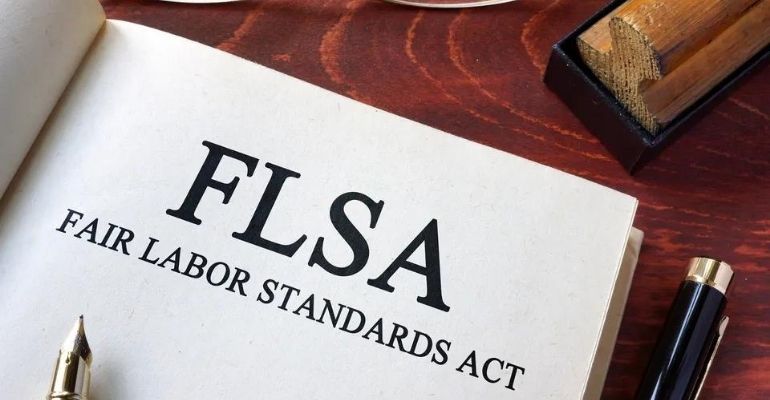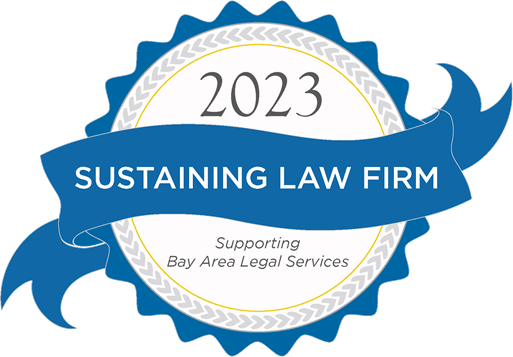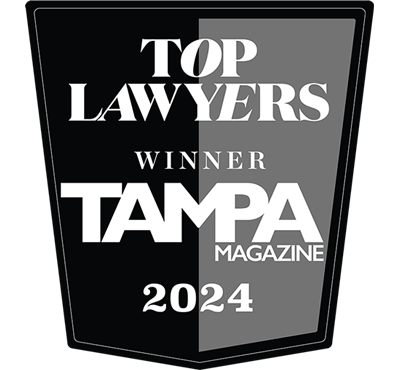
Employee Misclassification, Overtime Exemption and the Future of FLSA Cases in 2016
Top FLSA Cases and Employment Law Updates to Watch in 2016
The year 2015 was ground-breaking for the Fair Labor Standards Act — the federal law that governs, among other things, minimum wage and overtime — and employment law in general. Employee misclassification and overtime exemptions are just two of the topics that promise to continue to be in the news and on the minds of employer and employees well into 2016.
Fair Labor Standards Act lawsuits increased by 7.6 percent since 2014, and 8,781 cases were seen by courts. There has been a 450 percent increase in FLSA cases filed across the past 15 years. This figure is expected to exceed 9,000 FLSA cases by 2016.
What are the biggest issues with FLSA cases in 2016?
Joint Employer and Minimum Wage Updates
Within the past year, the FLSA experienced a number of wage and hour suits concentrated in the retail and hospitality industries. The fight for a higher minimum wage moved across the nation. There are serious changes to “joint employer” status involving many franchised businesses. Businesses like McDonald’s and related partners may now be classified as joint employers with regulations that are to be defined even further in 2016. The case of Browning-Ferris set new standards to determine if two entities are considered joint employers:
With this new NLRB standard, two or more employers are considered “joint employers” if (1) there exists a common-law employment relationship with the employees in question, and (2) the putative joint employer possesses sufficient control over employees’ essential terms and conditions of employment to permit meaningful collective bargaining.
In addition, twelve states are set to increase minimum wage in January 2016. Alaska, Arkansas, California, Colorado, Connecticut, Hawaii, Massachusetts, Michigan, Nebraska, Rhode Island, South Dakota, Vermont are all on the list to start the year with a higher minimum wage.
Misclassification Disputes
One of the main issues in 2015 was employee misclassification. This problem stems from new federal labor regulations that brought focus on the classification of independent contractors. Ben Weber, an employee-side attorney of Lichten & Liss-Riordan PC in Boston representing drivers of Uber reported to Bloomberg BNA on November 25th, 2015 that misclassification of independent contractors or an employer’s effort to shift the cost of labor onto employees remains a contributing factor in the rise of FLSA lawsuits.
Lichten & Liss-Riordan represent drivers in lawsuits against Uber Technologies and Lyft Inc., and at the core of these cases, lies the legal distinction between an independent contractor and an employee. Some are calling the rise of “independent contractors” the return of the “gig economy” or what is also referred to as the “freelance economy”, as misclassification was a topic of heated debate in 2015. The argument on the drivers’ side is that as independent contractors, they are being deprived of employee benefits including unemployment, workers’ compensation, overtime pay, and benefit packages available to other employees, not to mention the additional taxes these “contractors” have to pay. Employers defend against these claims stating that the flexibility of work hours and locations and the ability to work for other companies qualifies Uber drivers as independent contractors.
A trial has been set by a California federal judge for June 20, 2016 to determine the employee status of Uber workers. This is one of the top FLSA cases to watch in 2016.
Amendments to Overtime Exemption
This year, the Department of Labor will issue rules on the new regulations for the FLSA overtime exemption rule. This overtime exemption rule would raise the minimum salary required to qualify for overtime exemption from $23,660 to $50,440 annually. Following this proposal, the Department of Labor has received nearly 300,000 comments and will issue a final rule in July 2016.
Employee rights lawsuits were on the rise in 2015 and this number is predicted to increase with an increase of FLSA cases in 2016.
Are you or someone you know the victim of FLSA violations? Then contact an employee rights attorney with experience in misclassification and overtime exemption cases. Get an evaluation, and call Wenzel Fenton Cabassa, P. A., today.
SOURCES:
Collective Actions Under FLSA and Away 2016
Department of Labor Publishes Proposed Amendments to Overtime Rules
These 12 States are Starting 2016 with a Higher Minimum Wage
Decoding the NLRB’s New Joint Employer Standard
Uber Drivers to have their Day in Court
Please Note: At the time this article was written, the information contained within it was current based on the prevailing law at the time. Laws and precedents are subject to change, so this information may not be up to date. Always speak with a law firm regarding any legal situation to get the most current information available.









